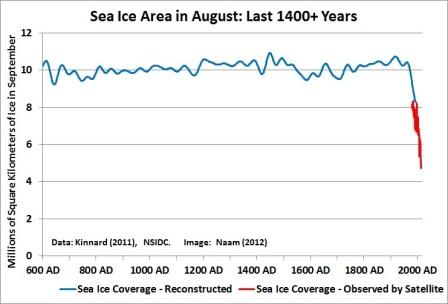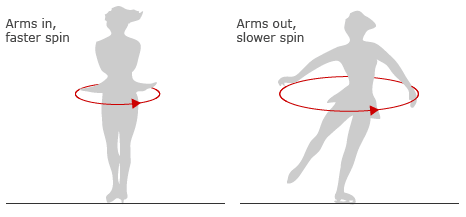Climate Change To Bring about
Calendar Change
WHY FEBRUARY 29 COULD MELT AWAY
A Warmer Earth is Wetter and Slower
We’ve seen a remarkable reduction in polar ice. Much of the ice that has for millennia covered the arctic and antarctic regions has turned into water. And that is bound to continue, producing serious consequences for some coastal cities, including New York City, and Miami. Recent news reports say climate scientists now believe that polar ice is melting even faster than they thought.

Rising Sea Levels Slow the Earth's Rotation
Because a considerable amount of water mass has been bound up in polar ice, the earth has been rotating like a spinning figure skater with her arms folded, or extended above her head. But when the spinning skater opens her arms, she slows. And that is what the earth will do as water long frozen at the poles is freed to drift toward the equator.

Why We Have Leap Year
The calendar is defined by two cycles: the rotation of the earth on its axis, which defines a “day,” and the earth’s orbit around the sun, defining a “year.” Slow the earth’s rotation and you can decrease the number of days in the year, along with the number of dates needed for the calendar. The earth has been spinning on its axis 365.2424 times each year, on average. That trailing fraction of almost one fourth of a turn is why we have leap year. Our 365-day calendar year is too short by about a quarter of a day. So to make up the difference we add an extra day to February every four years—with occasional exceptions (see below).
The earth’s quarter turn at the end of the year takes approximately 350 minutes. If its rotation should slow a little less than one minute per day—around 57 seconds—then the earth will complete its 365th rotation at the same time it completes its annual orbit around the sun. The need for leap year will be eliminated; so no more February 29.
Leap Year Adjustments
It’s anybody’s guess how much rising sea levels will retard the earth’s rotation. Expecting a one-minute daily slowdown could be unrealistic. But a small fraction of that interval may still make a difference.
Around 44 B.C. Julius Caesar decreed that February would have an extra day every four years. He was guided by the research of Egyptian astronomers, who had calculated the length of the solar year at 365.25 days. But the inaccuracy of that figure wasn’t discovered for 1500 years, when it was determined to be about eleven minutes too long.
As a consequence, Julius’s leap-year rule was revised in 1582. Leap year is cancelled when the year number ends in 00, unless it is evenly divisible by 400. That is why 2000 was a leap year (divisible by 400), but 1900 was not; and why 2100 will not be.
But if the earth should spin just two seconds slower each day, as a consequence of melting polar ice, that will amount to roughly one minute a month, and so to a slowdown of about twelve minutes each year. Adjusting the leap year rule seemed necessary when the year was found to be eleven minutes shorter than had been supposed. So we may presume it will seem necessary again, upon the discovery of a twelve-minute discrepancy caused by a very tiny difference in the earth’s rotation.
We could be there already, in fact. Time will tell.

